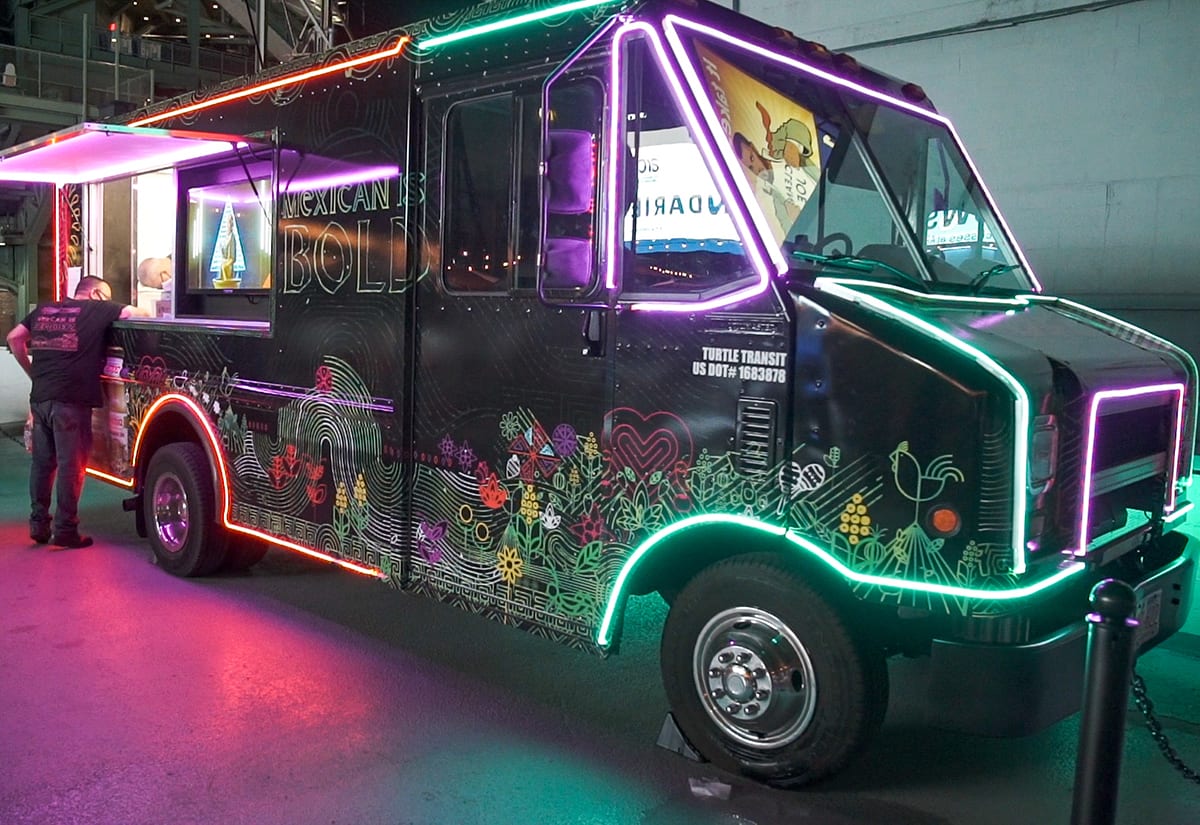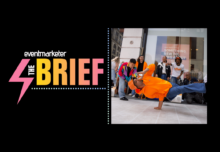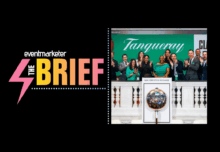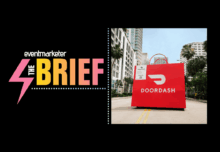As the U.S. reaches a turning point in the pandemic, smart marketers are now drafting event programming for later this year ahead of what experts predict will be a mad summer rush. And in the case of traditional Mexican salsa brand Herdez, it’s a matter of lifting a garage door and shifting its fully branded food truck asset into reverse. Coming off a successful sampling program concentrated within Boston last year, the brand has plenty of insights to lean on as it ramps up product launches supported by the vehicle for 2021.
What began as a large-scale sampling program pre-pandemic was dialed down into four small, but mighty, tactics in the wake of the pandemic, all executed in a phased approach that followed the Boston area’s reopening phases last summer. While Herdez enjoys notoriety on the West Coast, it recently began to expand into East Coast markets where the category of Mexican cuisine is high but the Herdez brand index is low.
“The East and West are very different in terms of how people eat and what they eat, and some of our salsa portfolios are very different—we are not just a red salsa,” says Giselle Olson, associate brand manager for Herdez at MegaMex Foods. “So through these experiential activations, what we’re able to do is show the consumer different ways of using our product and show them exactly how the product is being used, which is more successful for us than a media facing event, advertising or shelf tags.”
 More Food Truck Strategies:
More Food Truck Strategies:
- Dating App Bumble Hooks New Yorkers With ‘The Great Catch’ Food Truck Experience
- MorningStar Farms Hits Retailers and Breweries on the Grill It to Believe It Tour
The nine-week program kicked off with bottle drops four days a week in neighborhoods in and around Boston. Bottles were strategically, and safely, placed in clear plastic bags containing a recipe card and a coupon so that consumers could not only try the product but elevate it by going to the grocery store to get the ingredients to make it at home (Agency: Havas Street, Los Angeles; Build: Turtle Transit, Hudson, MA).
“While respectful of what was happening [with the pandemic], we knew we still needed to do something because we know consumers are eating more at home, they had started eating more at home last year, and consumers don’t know what to do with our products,” Olson says. “We gave them the product, incentivized them on how to use it, and provided a coupon to come back and potentially become a loyal customer.”
Next, the brand began delivering meal kits in custom boxes that were pre-sealed in its facilities and shipped over, so that consumers who happened to receive one would know it was safe and had not been opened or altered. Herdez also partnered with caterers in Boston to send lunches to front-line workers.
Finally, Herdez partnered with the House of Blues restaurant in Boston, which incorporated the salsas into a special menu so that consumers could sample it safely and authentically with it prepared in a meal. Parked right outside the doors, tucked away from busy streets that might attract too much attention, the black truck with its neon lights provided unexpected ambiance for the socially distanced diners outdoors and those arriving to the restaurant. Brand ambassadors manning the vehicle dropped bottles and care packages to diners and gained immediate feedback from consumers.
One logistical bonus for leveraging a food truck: It already meets national food compliancy and local health codes. The vehicle keeps brand ambassadors safely contained in a station they can work from and easily clean. And it can be parked anywhere, like a grocery store parking lot where the team can distribute samples, coupon codes and recipes. The trucks are also small and nimble enough to allow teams to make their own decisions about where and how long they’re going to be in one location to keep operators, customers and brand ambassadors feeling safe.
“It was just a phenomenal campaign. Everyone loved the food truck. And since you never know what’s going to happen again this year, everything we do needs to be open, nimble and turn on a dime quickly,” Olson says. “Things may change week to week.”
And the community connections? Delicious.
This story appeared in the March 2021 issue





